Many people have been questioning the very nature of superspeedway racing, saying that the cars are too heavy and have too little downforce to run at 200+ mph on 2.5-mile high-banked tracks. Tracks like Daytona and Talladega are just bad ideas for NASCAR stock cars.
NASCAR, in response to safety concerns, (in 1987, Bobby Allison got airborne and flew through the catch fencing, injuring fans,) instituted “restrictor-plate racing,” to slow the cars and prevent fan injury, which would really hurt the sport. (On April 26, 2009, Carl Edwards flew into the fencing, injuring seven fans. Apparently the plan is not yet perfected.)
A stop-gap measure that somehow stuck around, restrictor plates slow the cars but also destroy throttle response, so drivers have to drive flat-out all the way around the track. The only way to pass is to get pushed from behind—“bump drafting.”
Also, since all the cars are limited to the same amount of power, all the cars drive in a huge pack, so if any driver makes even a tiny mistake driving at 200 mph for 500 miles, a third or half of the field gets wiped out—“the Big One,” which everyone knows will happen at every restrictor plate race.
At Talladega this past Sunday. NASACAR instituted a “No bump-drafting in the corners” rule, to try to stop the most dangerous accidents.
The rule worked, but it also stopped the racing: for almost the entire race, the pack circled single file. The drivers were smart enough to realize that in the last ten laps, everyone would go crazy fighting for the win, a huge crash would ensue, and the people who hung back had the best chance of winning.
The drivers were right –that is how it played out, as it always does on these tracks. And just about everyone, from fans to drivers to the ABC announcers, commented on what happened.
This morning, Ramsey Poston, NASCAR Managing Director of Corporate Communications, posted a blog entry on NASCAR.com, telling the world that they saw a truly great race; just nobody realized it.
Poston talks about how many lead changes there were, describes “intense” racing that no one else seemed to have seen, and defends absolutely every aspect of the race.
Poston always weighs in with ridiculously biased defensive attacks on anyone who dares criticize the mighty NASCAR Empire. It makes NASCAR seem insecure and adds weight to the detractors—and in this case, the detractors are right.
This is exactly what NASCAR does best—it preserves the past, it circles the wagons, shooting at anyone who rides by. It refuses to address problems and assumes that anyone who points out problems is the enemy.
If this year’s race at Talladega is exactly what NASCAR wants to see at every race, Great. NASCAR will be gone in three years and there is no need to debate further.
If Talladega was Not want NASCAR thinks is the Perfect Race, then why not admit that things could be improved? And if not, why not at least stay silent, instead of attacking anyone who ever dares to hint that Maybe a 180-lap single-file anti-race is not the best possible event.
Everyone knows that every plate race will end with at least one huge crash—because every plate race does. And everyone knows that before “The Big One” nothing matters. No matter how many hundreds of passes there are, until the field is halved by the accident, it doesn’t matter.
The drivers recognized this, which is why the Chase drivers all stayed in the back all day—except for Jeff Gordon, Tony Stewart, and Mark Martin, who got caught up in the wreck.
Mr. Poston, telling the fans they are too stupid to tell that the Amp Energy 500 wasn’t a great race is insulting. Worse, it is dangerous. Sooner or later someone will be killed in the stands, and NASCAR will face lawsuits, insurance hikes … Remember Pierre Levegh’s 1955 crash at Le Mans? Is that what NASCAR wants? The only thing that could put NASCAR out of business would be that kind of a major disaster.
And to court a major disaster in order to put on a bad race … where is the logic in that?
Uncircle the wagons, stop attacking the messengers, face reality, and accept that superspeedway, restrictor plate-racing has never worked. Never. And instead of defending the failure, start considering some changes.
Please, before “The Big One” happens in the stands.
The opinions expressed herein are solely those of the author and in no way reflect the views of The Epoch Times. Please send comments to [email protected].
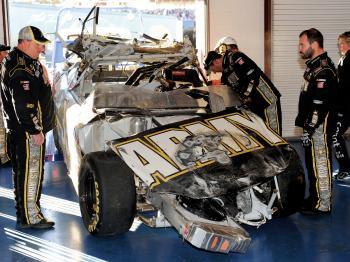
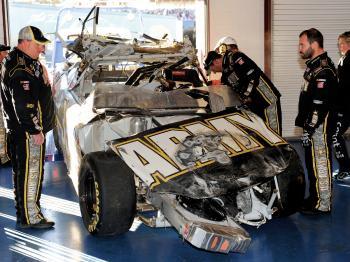
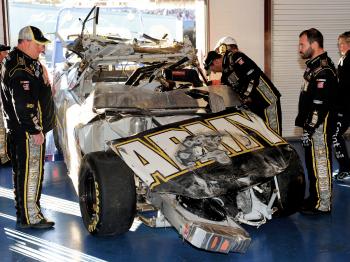
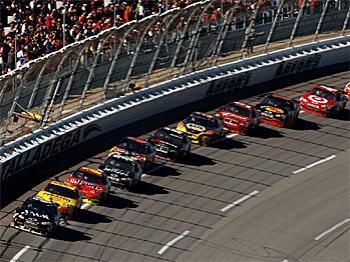
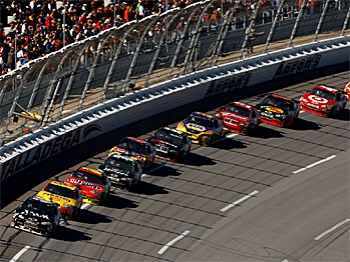
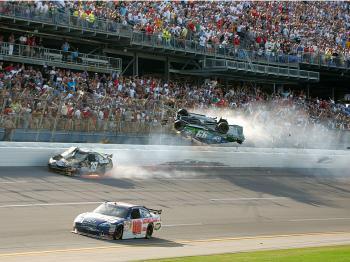
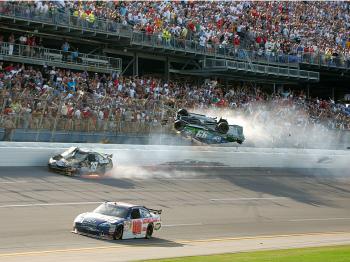
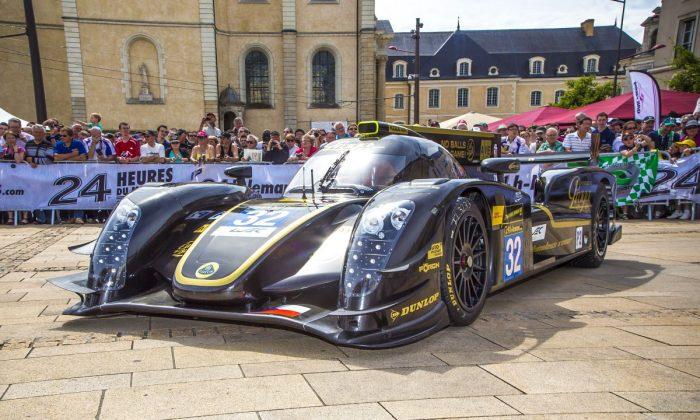
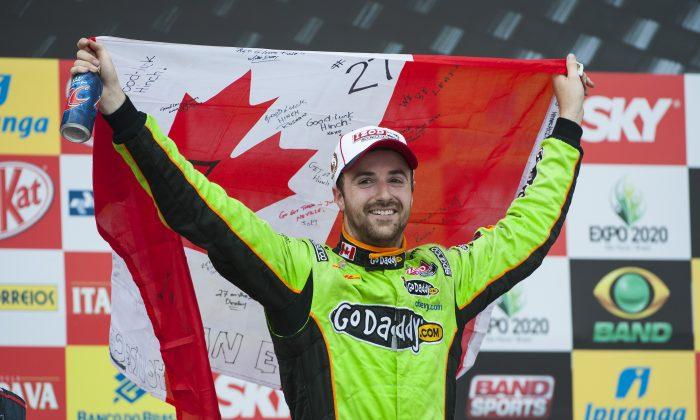
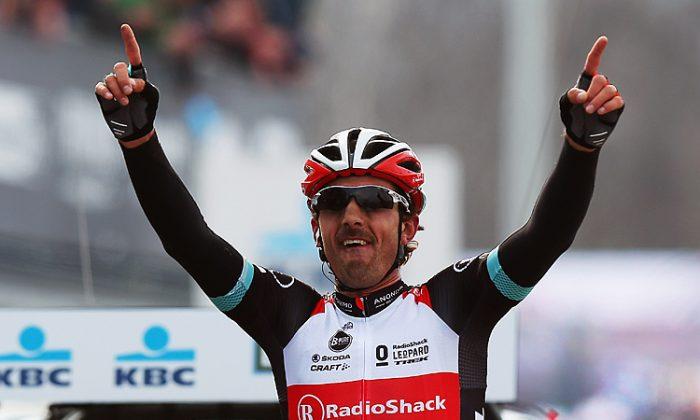
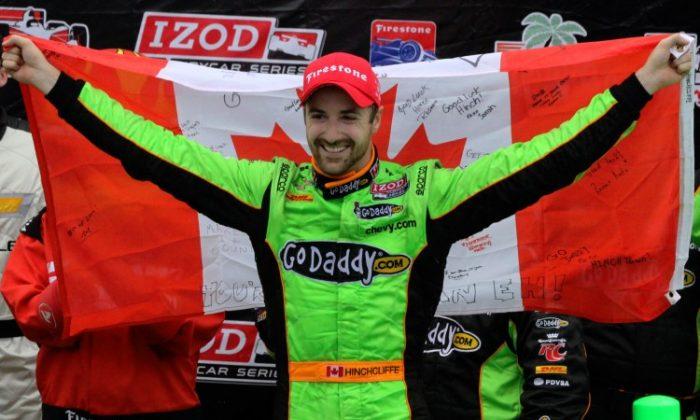
Friends Read Free